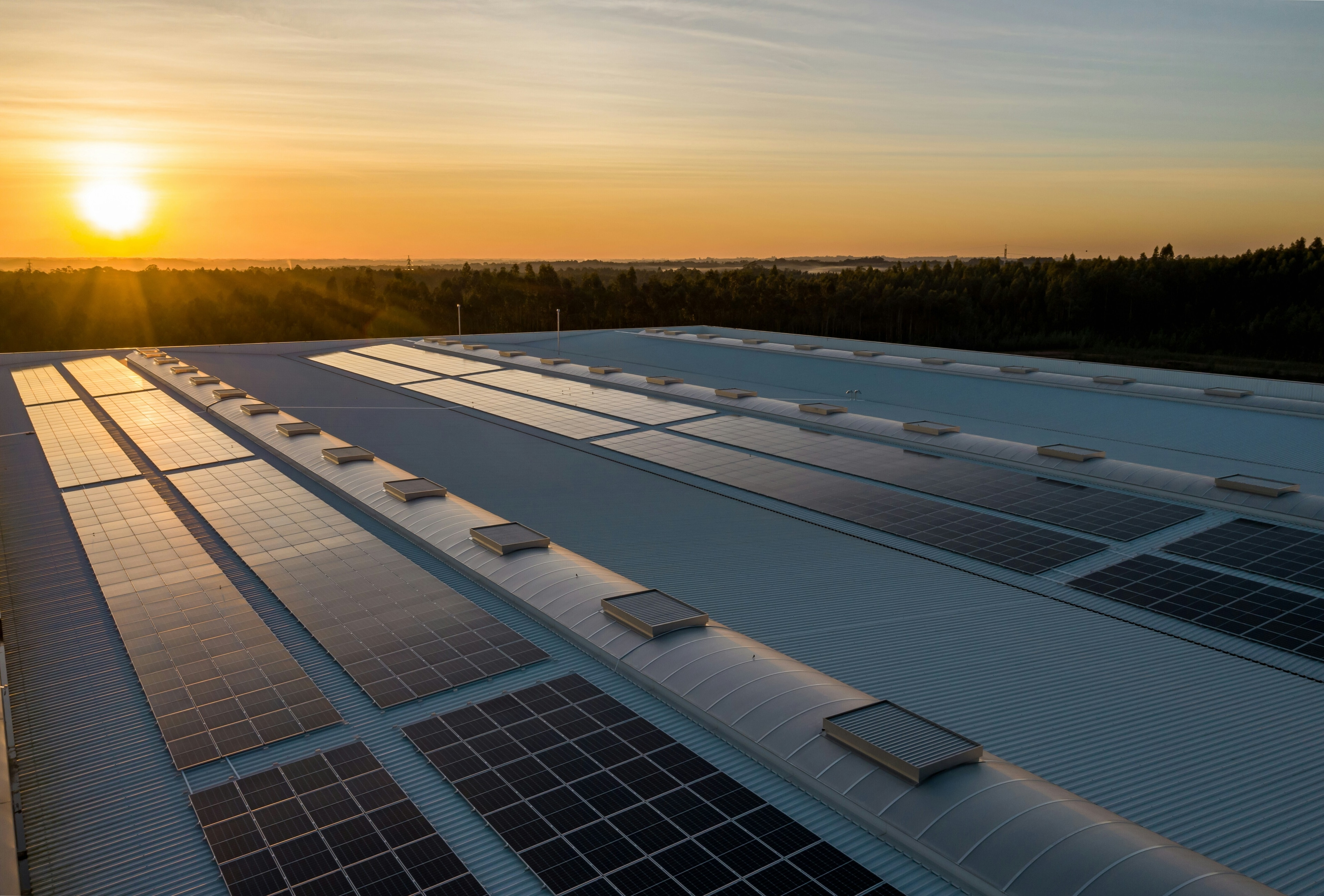Global investment in energy efficiency is stalling, says the IEA. Here’s why – and what needs to happen next

Energy efficiency is crucial to reaching net-zero targets. Image: Unsplash/Jason Blackeye

Get involved with our crowdsourced digital platform to deliver impact at scale
Stay up to date:
Energy Transition
Listen to the article
- Investment in energy efficiencies, electrification and renewables is projected to slow this year, according to a new report from the International Energy Agency (IEA).
- But investment needs to triple between now and 2030 to reach net-zero targets.
- Here’s what has been driving investment in energy efficiency, and what could stall it in 2023.
After reaching record highs in 2022, investment in energy efficiencies, electrification and renewables is projected to slow this year, according to a new report from the International Energy Agency (IEA).
The global energy crisis accelerated investment in energy efficiency last year, with buildings, transport and industry all seeing year-on-year increases, a positive sign for achieving net-zero emissions goals.
But the latest IEA World Energy Investment report paints a mixed picture on the prospects for energy efficiency and end-use investments this year. Spending will flatten, slowing the path to net zero, it says.
Here’s the latest on what has driven record high investment up to now, what is contributing to the stalling investment, and what needs to happen to reinvigorate energy efficiency spending.
Energy efficiency gains in 2022
The global energy crisis has been positive for efficiency investment, as rising energy costs sharpened investors’ resolve to make long-term energy choices that seek a balance between energy reliability, affordability and sustainability.
Investment in energy efficiency, electrification and end-use renewables jumped by 16% in 2022 to record highs across all three end-use sectors that the IEA report tracks. But for 2023, it expects growth to slow to just 4%, driven by a larger reduction in efficiency spending.
That puts various emissions targets in jeopardy, as spending on efficiency must triple between now and 2030 to keep those emissions targets viable, according to the IEA.
However, investment is not the only way to increase efficiency, explains Roberto Bocca, Head of the Centre for Energy and Materials at the World Economic Forum.
“We must also reconsider the processes and the products we use to create goods and services that provide the same or better value for the consumer, while significantly reducing the energy required to produce them.”
To do that, Bocca adds, leaders of companies and policy-makers should work across supply and value chains and seek out collaboration opportunities to reduce energy intensity.
“Energy prices eventually will reflect the true cost of energy – including the externalities as emissions, water usage and broad environmental impact – so it makes business sense to invest across entire supply chains to significantly reduce energy usage in general.”

Buildings, transport and industry efficiency improving
Energy efficiency is so important to reaching net-zero targets that it's nicknamed "the first fuel" by the IEA. And 2022’s record-breaking investment builds on years of steady growth in the three categories the IEA focuses on – buildings, transport and industry.

Buildings investment projections show 5% drop
Last year, a lot of the $285 billion investment in building energy efficiency was the result of clean energy policies in Europe and North America, the IEA says.
But early signals suggest that various factors are converging to reduce spending in the building sector this year by up to 5%, a significant swing from growth of 14% in 2022.
Investors are unsure of the economic future; government programmes are being curtailed, credit availability and lending rates are unclear, and the rising cost of borrowing in construction, all against a backdrop of the ongoing conflict in Ukraine, have dulled desire to invest, the report says.
Transport investment growth driven by EVs and batteries
EV sales hit another record high in 2022, despite supply-chain issues, the unpredictable economic backdrop and high energy costs and an overall contraction in car sales.
Registrations of EVs jumped by 55% from 2021 to reach over 10 million cars, more than the total number of cars sold in the EU. The market share of EVs is also growing; in 2021 EVs represented 9% of all cars sold, and in 2022 rose to 14%, five times more than before the COVID-19 pandemic.
The transport sector will fare better than industry and buildings this year, according to the IEA, largely the result of favourable government incentives like the Inflation Reduction Act.
Industry investment bolstered by China in 2023
Investment in energy efficiency and electrification in the industry sector rose in 2022, despite economic headwinds that cut industrial output significantly, particularly steel and cement.
And the IEA expects a strong start to 2023, with China easing COVID-19 restrictions and an anticipated economic rebound from the world’s largest exporting country, which could stimulate more efficiency investments.
How is the World Economic Forum facilitating the transition to clean energy?
Energy efficiency investments must triple
The World Economic Forum’s Securing the Energy Transition report also highlights the need for more energy efficiency, saying focus on lowering global energy intensity has fallen away since 2019 and that current investment, while positive, is not sufficient to meet net-zero goals, a view shared by the IEA.
The impact of previous years of investment means that instead of needing to quadruple annual investment by 2030, the IEA says investment only needs to triple to reach the net-zero emissions scenario.
However, 2023 investment could be reduced by high energy prices, high inflation rates, reduced access to finances and a slowing of the construction sector.
Whether the tripling in investment is achievable or not is still down to the decisions and policies made today, and over the next seven years, but investment must continue to be driven by policy, according to the IEA.
“The incentives for continued investment in energy efficiency in the building and industry sectors will continue to depend on long-term, predictable, and ambitious signals from policy makers as well as a favourable macroeconomic outlook,” the IEA concludes.
Investment success also depends on economic incentives, Bocca concludes; in other words, investments must be ‘good business’, which can be achieved if energy is priced at a level that stimulates investment.
Don't miss any update on this topic
Create a free account and access your personalized content collection with our latest publications and analyses.
License and Republishing
World Economic Forum articles may be republished in accordance with the Creative Commons Attribution-NonCommercial-NoDerivatives 4.0 International Public License, and in accordance with our Terms of Use.
The views expressed in this article are those of the author alone and not the World Economic Forum.
Related topics:
The Agenda Weekly
A weekly update of the most important issues driving the global agenda
You can unsubscribe at any time using the link in our emails. For more details, review our privacy policy.
More on Energy TransitionSee all
Kalin Anev Janse and Kim Skov Jensen
May 22, 2024
Roberto Bocca
May 21, 2024
Charlotte Edmond
May 21, 2024
Rishabh Mishra
May 14, 2024
Vee Li and Zhang Xun
May 13, 2024








